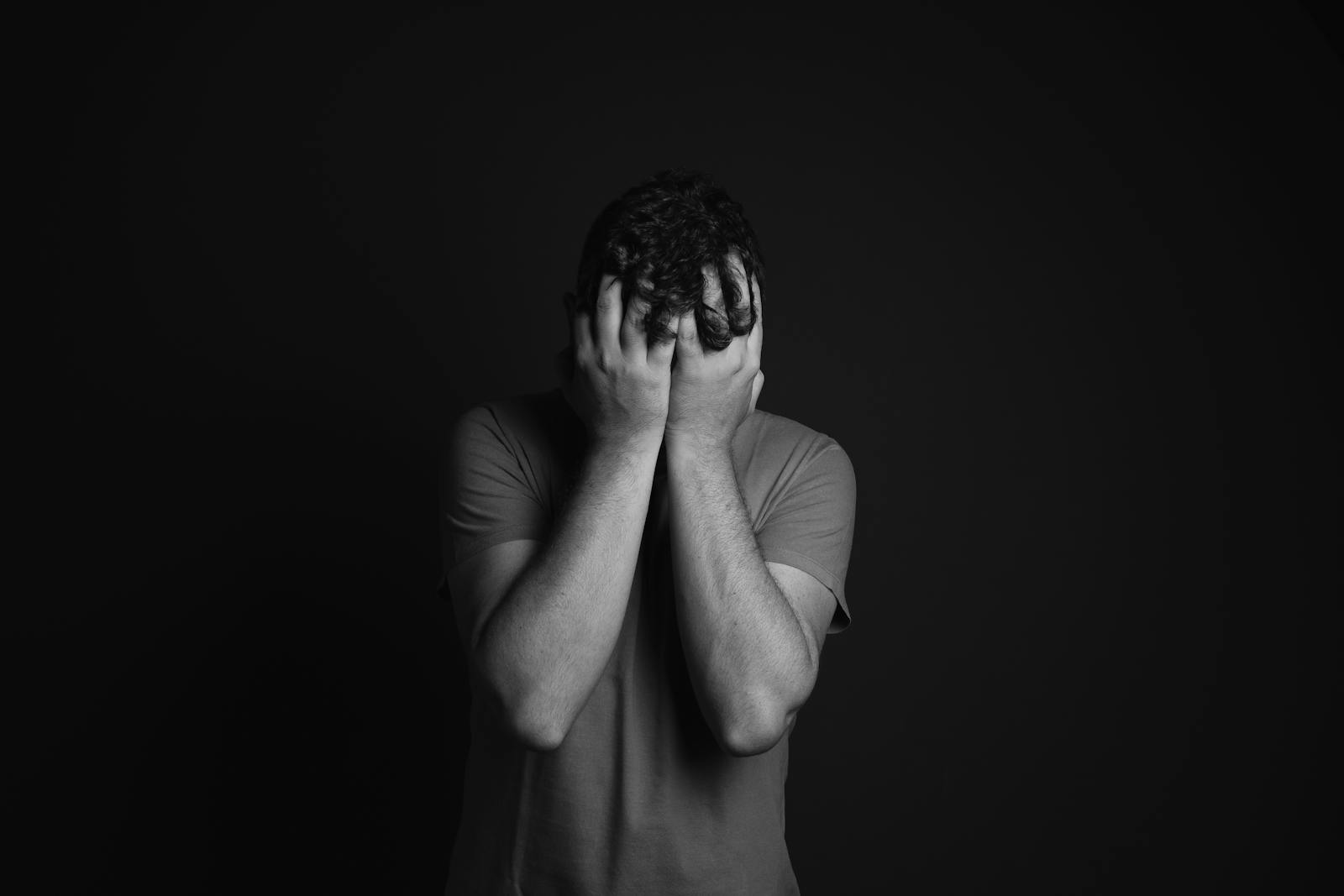Is PPP Treatment at Home Safe? What You Need to Know
Pearly Penile Papules (PPP) are tiny, benign bumps that typically form in a row around the rim of the penis head. These bumps are a natural variation in skin texture unrelated to disease or infection. Though PPP does not require treatment, some people feel self-conscious and seek ways to remove them. Professional treatment options are available, but at-home options have become more popular. However, understanding the safety of these at-home methods is essential.
Read this article to learn what PPP is, why some opt for at-home treatment, what the safety concerns are, and what other options there are.
What is PPP?
PPPs are small, flesh-colored, or white bumps that form around the head of the penis. Appearing in rows, they are harmless and not contagious. PPP does not cause pain or health issues. Most people notice PPP in their teenage years or young adulthood, and the bumps often stay unchanged.
While PPP does not need medical treatment, some people prefer to remove it to avoid embarrassment. Treatments by doctors and dermatologists are available, though more people now try to treat PPP at home.
Why Are People Choosing At-Home PPP Treatments?
The popularity of at-home PPP treatments has grown because they are convenient and private. Many people find it easier to try these treatments at home rather than visit a clinic. Professional procedures like laser or freezing treatments can also be costly, which encourages some to explore at-home methods.
At-home treatments provide a sense of privacy, allowing people to try to reduce PPP on their own. Many products marketed online claim to remove PPP safely, making at-home treatments seem like a simple fix. However, it’s important to weigh the potential risks before deciding on these methods.
Is Pearly Penile Papules Treatment Safe to Do at Home?
Treating PPP at home can be convenient, and many people are curious about how to use PPP removal kit at home effectively. These kits provide a private and affordable option for those who want to reduce PPP without visiting a clinic. When used carefully and according to instructions, some at-home kits can offer results similar to professional treatments. However, it’s essential to follow all guidelines closely to avoid potential issues, such as irritation or minor scarring, particularly because the skin in this area is sensitive.
For the best results, using high-quality products and maintaining proper hygiene during and after pearly penile papules removal are key. Many find that taking a gradual approach and performing a small test patch first can help ensure the skin responds well. While professional treatments offer added safety and expertise, at-home kits may suit those who prioritize privacy and convenience.
Important Factors Before Trying At-Home PPP Treatments
Several factors should be considered before attempting an at-home PPP treatment. The first is product safety and quality. Not all creams, tools, or devices are safe, and some may not meet safety standards. Researching products and brands can help identify safer options, but even well-reviewed products carry risks.
Skin sensitivity is also crucial. The skin in this area is delicate, and using acidic creams or abrasive tools can cause irritation or worse. Those with sensitive skin or conditions like eczema should be extra cautious. Testing a product on a small area can reveal if it will cause a reaction, though this does not guarantee complete safety.
Professional treatments offer precise techniques to target PPP without harming nearby skin. This level of control is hard to achieve at home. For example, professional laser treatments are carefully targeted, but an at-home treatment lacks this precision, increasing the chance of uneven results or skin injury.
Alternatives to At-Home PPP Treatments
For those concerned about at-home treatments, there are several safe options available through healthcare providers:
- Laser therapy: A dermatologist uses a specialized laser to remove the papules without affecting the surrounding skin. This method is quick, effective, and has a low risk of scarring.
- Cryotherapy: In this treatment, cold temperatures are applied to the papules to shrink them. Cryotherapy should only be performed by a professional for safety.
- Electrosurgery: This procedure uses electric currents to remove the papules. Done by a dermatologist, it often provides lasting results.
For those who do not want treatment, leaving PPP alone is a valid choice. Since PPP poses no health risks, many decide to leave it as is. Consulting a doctor can also help in making an informed decision about whether treatment is necessary.
Conclusion
At-home PPP treatments may seem convenient, but they come with significant risks. Without professional guidance, these treatments can lead to infections, scarring, and irritation. Safer options, like professional laser or cryotherapy treatments, offer better control and safety for those wanting to remove PPP. Leaving PPP untreated is also a safe choice, as it poses no health risks. Making the right decision depends on personal comfort and a clear understanding of the potential risks and benefits.





